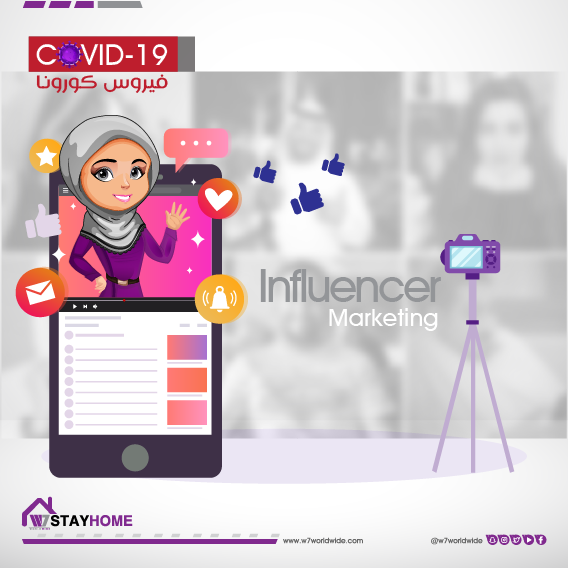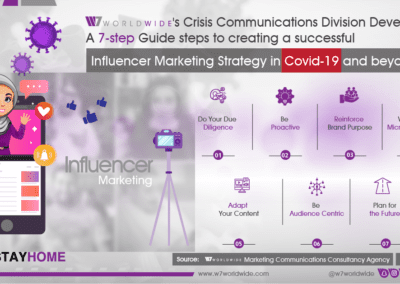The Covid-19 pandemic initially resulted in a downturn for influencer marketing, as brands and agencies suspended campaigns and sponsorship deals. However, the industry has adapted well over the past year, and many brands are now upping spend in the category as a result. Influencers are usually compensated by brands for the content they deliver either monetary or with other benefits such as products and services. In 2019, the influencer marketing industry was an $8 billion industry, with it predicted to rise to $15 billion by 2022.
Given its rapid growth and a marked change in consumer attitudes in the pandemic to social media, influencer marketing needs to adapt and evolve as part of a company’s corporate communications and brand strategy. Both brands and influencers have had to respond to Covid-19 and brands must exercise careful due diligence with their influencer outreach at this time. Companies cannot afford to lose their reputation due to an influencer exploiting coronavirus-related hashtags for their own popularity on social media or other controversial conduct in the current climate.
“Smart brands now need to future-proof their influencer strategies and build partnerships that will extend beyond what the world is currently experiencing,” explains Abdulrahman Inayat, Co-Founder, and Director of W7Worldwide. “Influencer marketing during Covid-19 is a fast and effective way of reaching target audiences, as many consumers believe brands can help with navigating this crisis. Brands that productively reflect current shifts in consumer priorities through influencer partnerships and wider purpose-led marketing will be able to connect and communicate with their customers in a truly meaningful and resonant way.”
Influencer marketing is a core component of the new customer-centric marketing practice that emphasizes relationships, focus, and strategy over blanket spray and pray tactics. The best influencers know how to grow an audience across different platforms and adapt to what is appropriate for that specific channel. Notably, Micro-influencers with 10,000 or fewer followers, are currently getting the best results for brands and businesses. The greatest benefit a brand receives from working with a micro-influencer is that they are laser-focused on follower bases who look up to them as experts in their chosen field. Consequently, campaigns achieve more engagement, more clicks, and lower ROI.
Almost half of the marketers that work in MENA use influencer marketing and 94% find it successful for their brand’s marketing. However, influencer marketing in MENA differs from the Western market. Influencer marketing campaigns should be specifically designed to the region’s culture and tastes. In this context, influencer marketing is a great way for global brands to get a foothold in the region. Even if you have done successful influencer partnerships before, the MENA market has a distinct nature and legal requirements to consider before diving into partnering.
Brands should use compassionate leadership at this time as their voice, to humanise themselves rather than being too sales focused. People want to engage with content that is authentic and mindful of the challenging circumstances. Companies need to continue adapting their influencer marketing strategy to align with the constantly changing external situation. If brands can put their purpose above their profit margins and engage in meaningful influencer partnerships with credible individuals, they can emerge from the pandemic stronger and ready for the recovery period.
As a multi-award-winning integrated communications agency, W7Worldwide has produced its free-to-download seven-step “Guide to Influencer Marketing in Covid-19”, in both English and Arabic, to summarize the best practices to apply in formulating Influencer Marketing Strategies and Campaigns that will sustain brand trust and reinforce corporate reputation.



